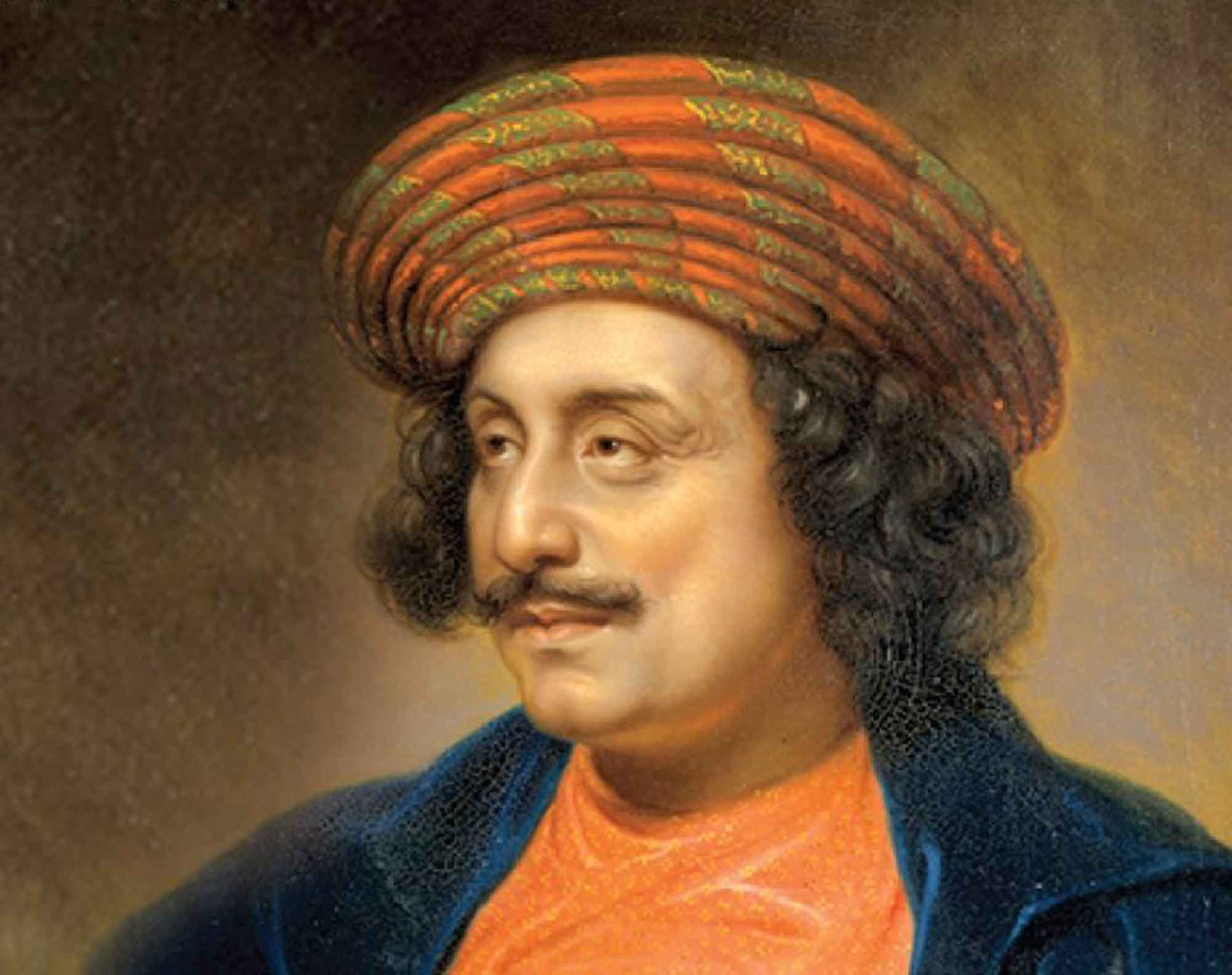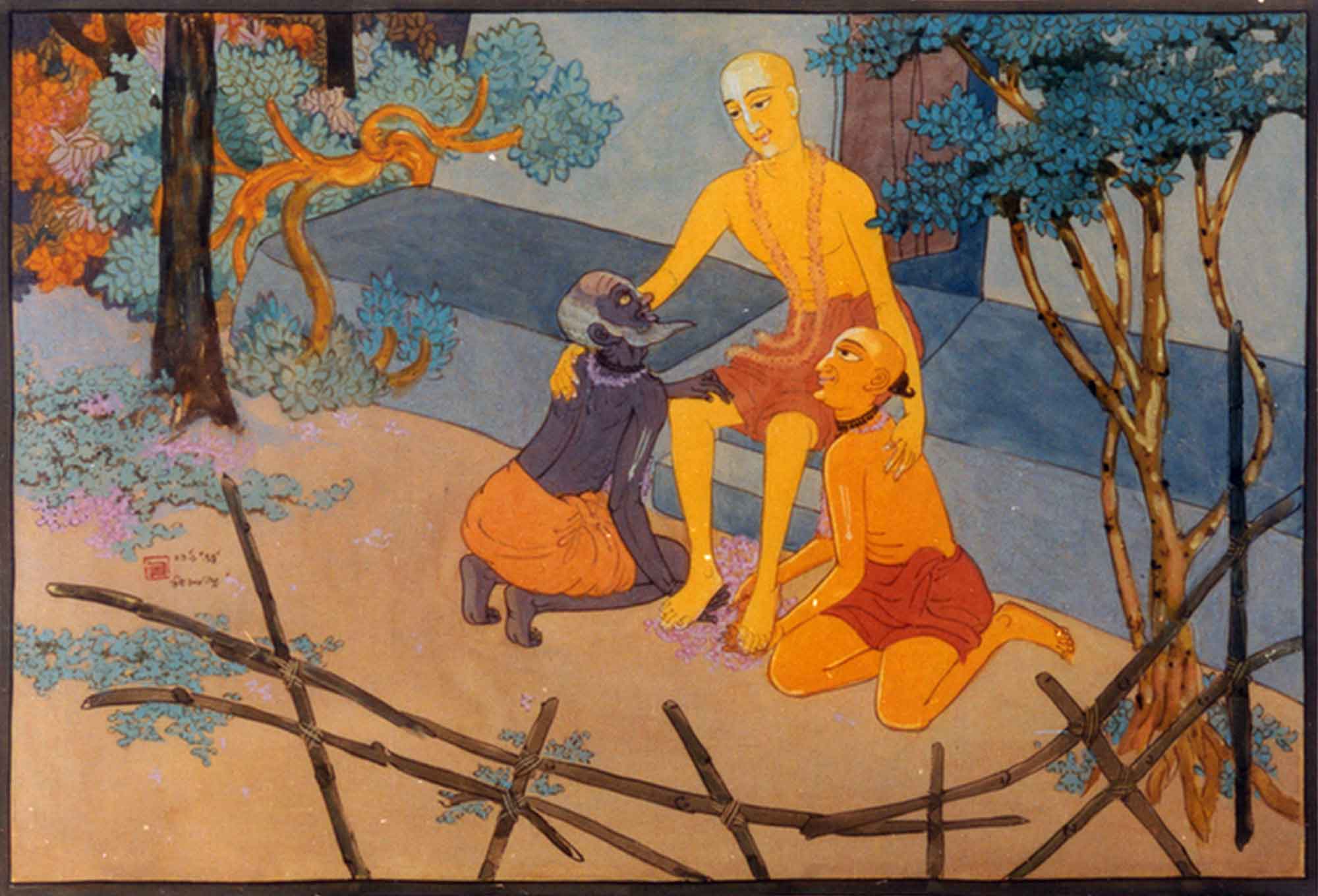Overview
This short article, “Brahmacārī Āśrama” was first published in Sajjana Toṣaṇī, Vol. 10, issue 7 in 1899. Bhaktivinoda Ṭhākura makes the point that most Vedika scholars in Bengali are contaminated by māyāvāda and there is the necessity for a real brahmacārī āśrama to teach the true meaning of Vedānta.
(translated by Swami B.V. Giri)
I recently saw an advertisement by Śriyuta Yadunātha Majumdār Mahāśaya in a newspaper called the Hindu Patrikā. It is a matter of great pleasure that special care has recently been taken for the preservation of varnāśrama-dharma amongst the educated Bengalis. Before a brāhmaṇa marries, it is obligatory for him to study the Vedas in the brahmacārī āśrama.
Śrīmad Rāghavācārī is an accomplished Vedika Vaiṣṇava. Many will benefit by studying the Vedas and Vedānta with him. Firstly, there are very few people in the land of Bengal that are skilled in teaching Vedika śāstra. Some of the Bengalis in Kāśī think that they are scholars in Vedika śāstra, but they do not have any qualification in Vedika literature. Paṇḍita Rāghavācārī is not like that. In a real sense, he has attained special proficiency in Vedic literature. No Bengali paṇḍitas have the capacity to explain to us the true meaning of the Yajur Veda. Secondly, in this province, those who have struggled in learning some Vedānta are often māyāvādīs. In the age of Kali, various paṇḍitas have become almost indifferent due to the contamination of māyāvāda. Paṇḍita Rāghavācārī is capable of extracting the real meaning of the Vedas and Vedānta, devoid of māyāvāda. We hope that in a short time all pure brahmacārīs will come out of the brahmacārī āśrama in Jessore and purify India.
Nowadays, many people have resorted to various types of upa-dharma (sub-religious principles) and engage in destructive activities in the name of uplifting the true Aryan dharma by introducing themselves as brahmacārī, sannyāsī or paramahaṁsa. Is there any doubts about the benefits of having a real brahmacārī āśrama at this time?













